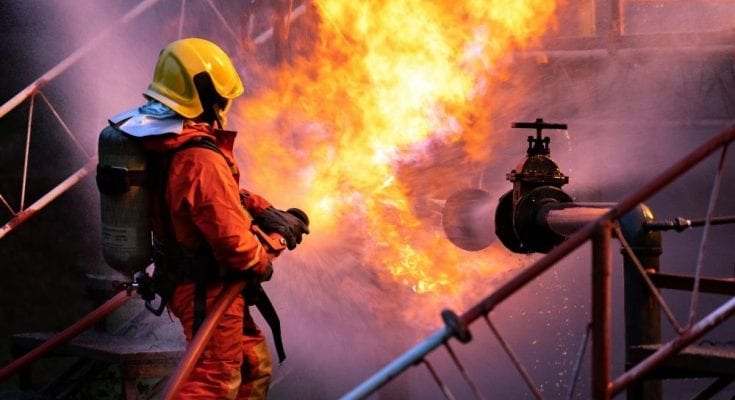There are many profitable opportunities for employment in the oil and gas industry. However, this doesn’t mean that the job comes without risks. In fact, it often comes with a variety of serious risks. While each of these types of accidents could have similar results, they come from very different parts of the job. Learn about the most common accidents in oil and gas by reading below.
Accidents With Transport and Vehicles
Unfortunately, there’s a large number of accidents and deaths of oil and gas extraction workers, often in transportation. Of the number of deaths in the industry, 40 percent of deaths are caused by transportation-related accidents. Since oil rigs are located out in the middle of large bodies of water, these workers can get to their jobs only by helicopter or boat. The transportation methods alone account for a significant portion of the job’s danger level.
Slips, Trips, and Serious Falls
The platforms on oil rigs are often complex structures with multiple decks and levels, making the risk of falling much more dangerous than in most environments. Because of the amount of equipment and slick substances constantly in use, workers are frequently at risk of simple trips and slips. If a worker is on a high-level platform, a trip or slip could mean serious injury, and even death.
Injuries from Equipment and Objects
With so much equipment and different types of objects constantly in the environment of oil rigs and platforms, it’s easy for these to get in the way of workers. Many of the accidents that result from these situations are referred to as “contact accidents.” Workers can easily be struck by these objects or pieces of equipment. While there are a number of workers that come out of such incidents relatively unharmed, many have serious results. Many workers are easily killed in contact accidents. Even risks of falling tools or equipment can be incredibly dangerous.
Risks of Fires and Explosions
When examining the most common accidents in oil and gas, fires and explosions generally come to mind, and much of this is because they’re a reality. The oil and gas industry centers around very flammable and unstable materials, so fire and explosion are logical reasons to be concerned about. There are additional flammable hazards, such as waste fluids, which are found in environments with pipelines, tanks, trucks, and equipment for extraction and production. Therefore, all types of gases that could be present must be monitored. Failure to assess present gas types is one of the most common mistakes made in gas monitoring that leads to fires and explosions. Any ignition source should be consistently monitored for the presence of these threats.



